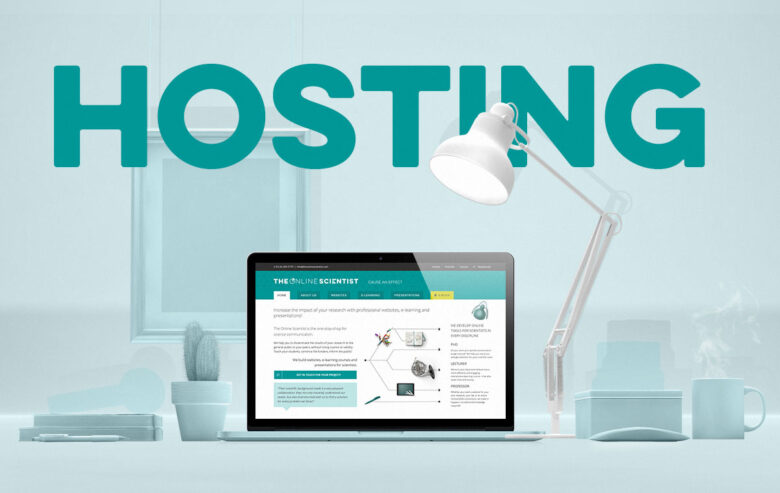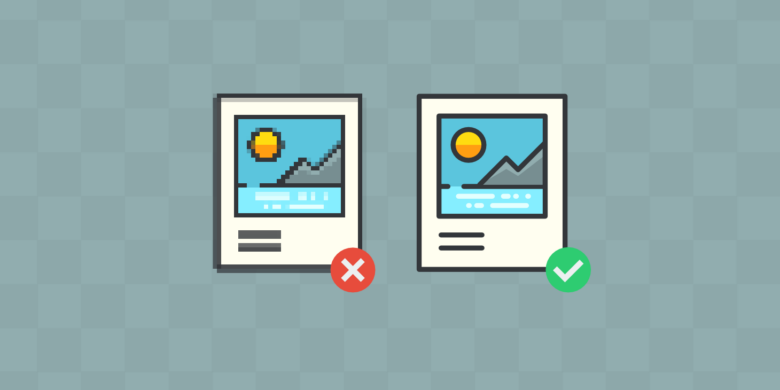WordPress speed test tools help you determine how quickly your website loads for visitors. The faster your website loads, the better it is for your users and for business purposes. Using a speed testing tool is the best way to find out where you need to improve on loading times so that you can make necessary changes.
Many factors affect site speed including hosting, plugins, themes, and images. A good starting point is using one of the many free online WordPress speed tests. There are also several other paid services that do in-depth analysis of all these factors affecting page load time.
GTMetrix speed test is a powerful tool that helps webmasters and site owners ensure their sites are performing well. The free online service tests the loading time of a website and provides detailed performance insights including page size, download times, render blocking objects, and more.
Google PageSpeed Insights is a great way to measure the performance of your website. By using this tool, you can see how well your site loads and identify ways to make it faster.
One of the best features of Google PageSpeed Insights is that it provides specific suggestions for improving your page speed. These suggestions are based on actual experience with pages that have achieved high scores on Page test.
Some common tips include: reducing server response time, optimizing images, and Minifying CSS and JavaScript files. You can also improve your score by ensuring that all requests are served from a single domain name or subdomain (and no CSS or js files are loaded from separate domains).
Sonix is a website speed testing tool that helps you analyze the load time and performance of your website. It gives you an insight into the loading speed of both your desktop and mobile versions, as well as tips to help improve the page load time.
The test results are presented in a comprehensive report with all the details about how long it took for each element on the page to load. You can also compare your results with other websites to see where you stand in terms of performance.
Sonix has quickly become one of my favorite tools for analyzing website speed!
Choose a reliable hosting provider

Source: theonlinescientist.com
When it comes to choosing a web hosting provider, there are many things you need to take into account. Reliability is one of the most important factors – after all, you don’t want your website going down just when you need it the most!
One way to judge a host’s reliability is by checking customer reviews. See if any customers have complained about downtime or other reliability issues. Another factor to consider is how long the company has been in business – newer companies may not be as reliable as those with more experience. Finally, make sure that the host offers good customer service in case something does go wrong.
NameCheap provides reliable hosting with the fastest loading time. You can find 97% Off Coupons at Couponfond.
Use a clean, lightweight theme
One of the best ways to speed up your website is by using a clean, lightweight theme. Not only will this help improve performance and loading times, but it can also make your site easier to navigate and use. Most importantly, a well-coded theme will be updated regularly with security fixes and new features – so you can stay ahead of the curve!
When looking for a new theme for your website, always keep performance in mind. Avoid bloated themes that include extraneous features or scripts which may slow things down. Instead, opt for something minimalistic and streamlined; one that has been coded using best practices and modern technologies like HTML5 and CSS3.
Many great free themes are available online, or you could look into investing in a premium option from a reputable source. Whichever route you choose though, just be sure to do your research first! There’s no point speeding up your website if it’s still going to take forever to load…
Delete unused plugins
WordPress is a fantastic platform, but it can be slow if you have too many plugins installed. Deleting unused plugins will help speed up your website and improve overall performance.
Some of the main reasons for deleting inactive plugins include:
– They could potentially cause conflicts with other active plugins or WordPress itself.
-They may not be well coded, which could lead to security issues or even crash your website.
-The more plugins you have installed, the greater chance that one of them isn’t performing optimally – meaning slower load times for your visitors.
Optimize images

Source: kinsta.com
Images can be a big factor in how quickly your website loads. By optimizing your images, you can speed up the loading process for your visitors.
There are many ways to optimize an image:
– Reduce the file size by compressing it using a tool like JPEGmini or Smushit.
– Choose the right file format – GIFs and PNGs should be used for graphics and photos respectively, while JPG is generally good for photos with lots of color variation.
– Avoid scaling images – if an image needs to be resized, do it before uploading it rather than relying on HTML or CSS code later on. Scaling down an image will result in a better load time than scaling up.
Reduce CSS and JavaScript file
One of the best ways to speed up your website is by reducing the size of its CSS and JavaScript files. This can be accomplished in a number of ways, including using compression tools and minifying code.
Compression tools like Gzip can reduce the size of your files by up to 70%, while minification techniques remove unneeded whitespace and comments from code, resulting in smaller file sizes.
By optimizing your site’s CSS and JavaScript file sizes, you’ll not only improve its performance but also decrease bandwidth usage – leading to faster page load times for your visitors.
Install a WordPress caching plugin
One of the best ways to speed up your WordPress site is by caching plugins. This will help reduce the number of requests made to your server, and in turn, increase your website’s performance. There are many different caching plugins available on the market, but today we’re going to focus on one particular plugin – W3 Total Cache.
Once you have installed and activated W3 Total Cache Plugin navigate to Settings > Performance and click on ‘Enable’ under “Caching”. Then make sure that “Disk Caching” is enabled as well:
Under “General”, configure the following settings:
Cache Drive: Set this option to match the drive where WordPress is installed (e.g., /var/www/)
Minimum Disk Space: Leave at default unless you know what you’re doing! This setting specifies how much disk space (in MB) must be available before cache files can begin being generated. As a rule of thumb, if using tmpfs set this value high enough so that peak usage never goes above 50% *cache size. So for example if wanting 2GB total cached data with 500MB tmpfs limit then minimum_disk_space=2400*0.5 = 1200MB or 1GB.




